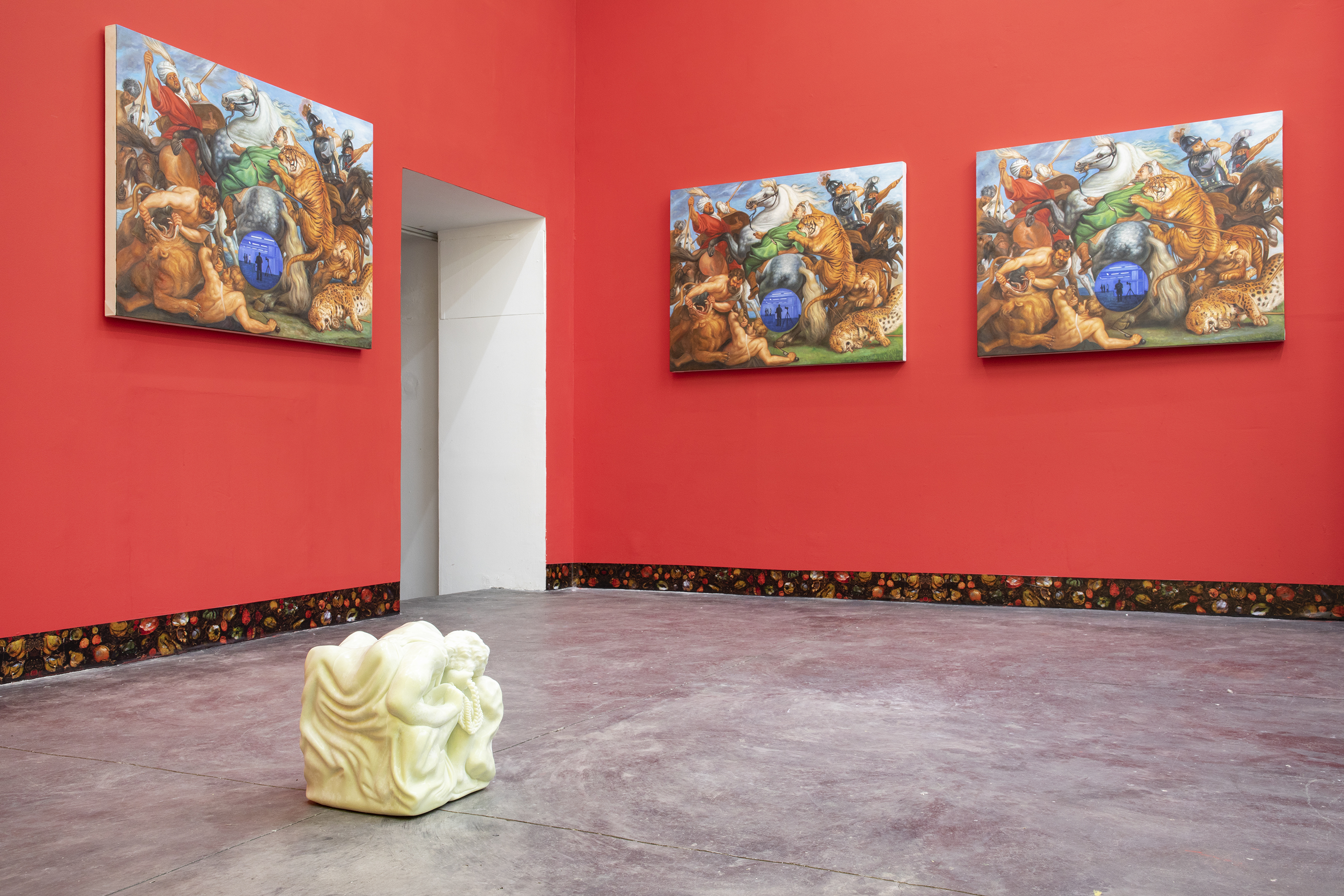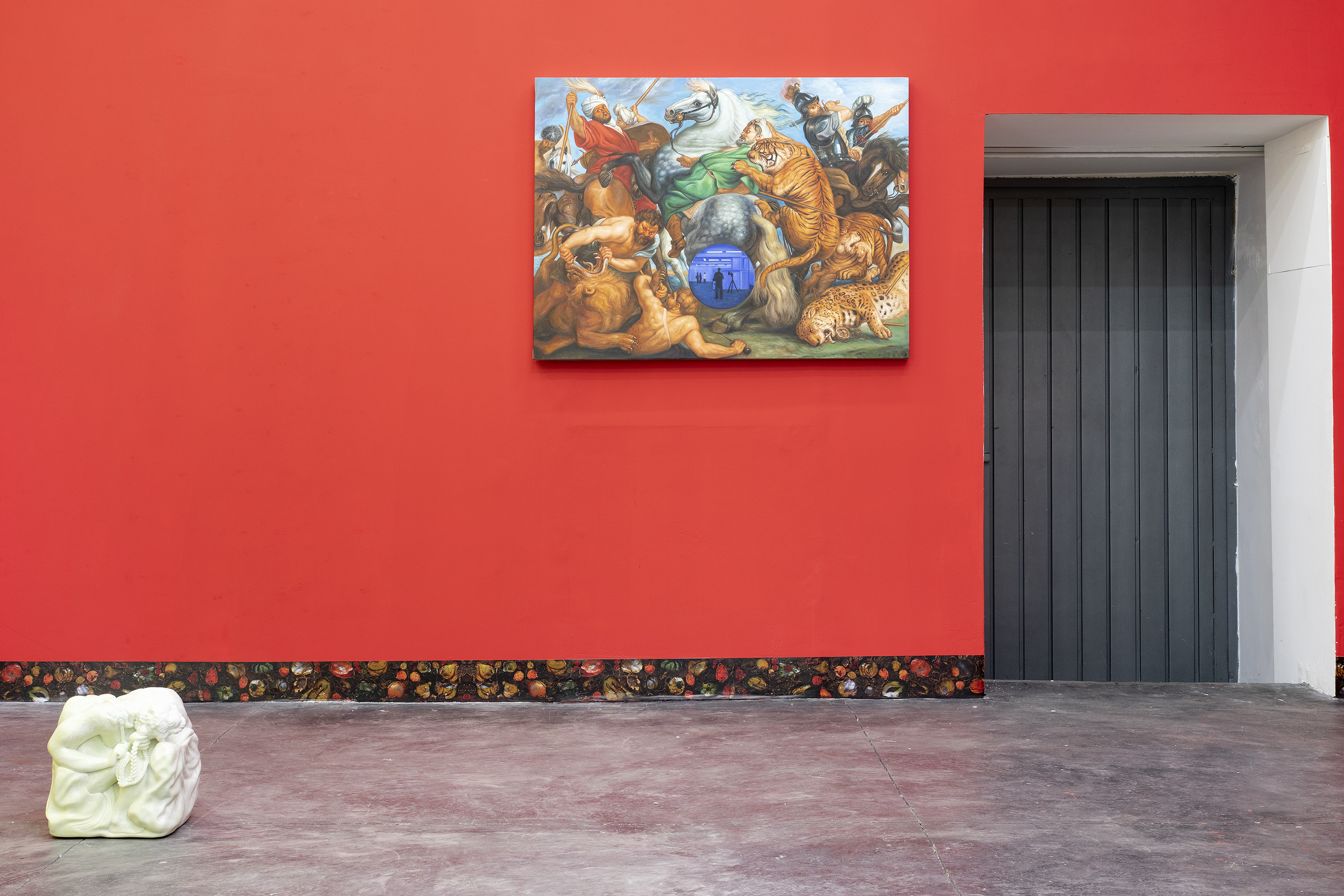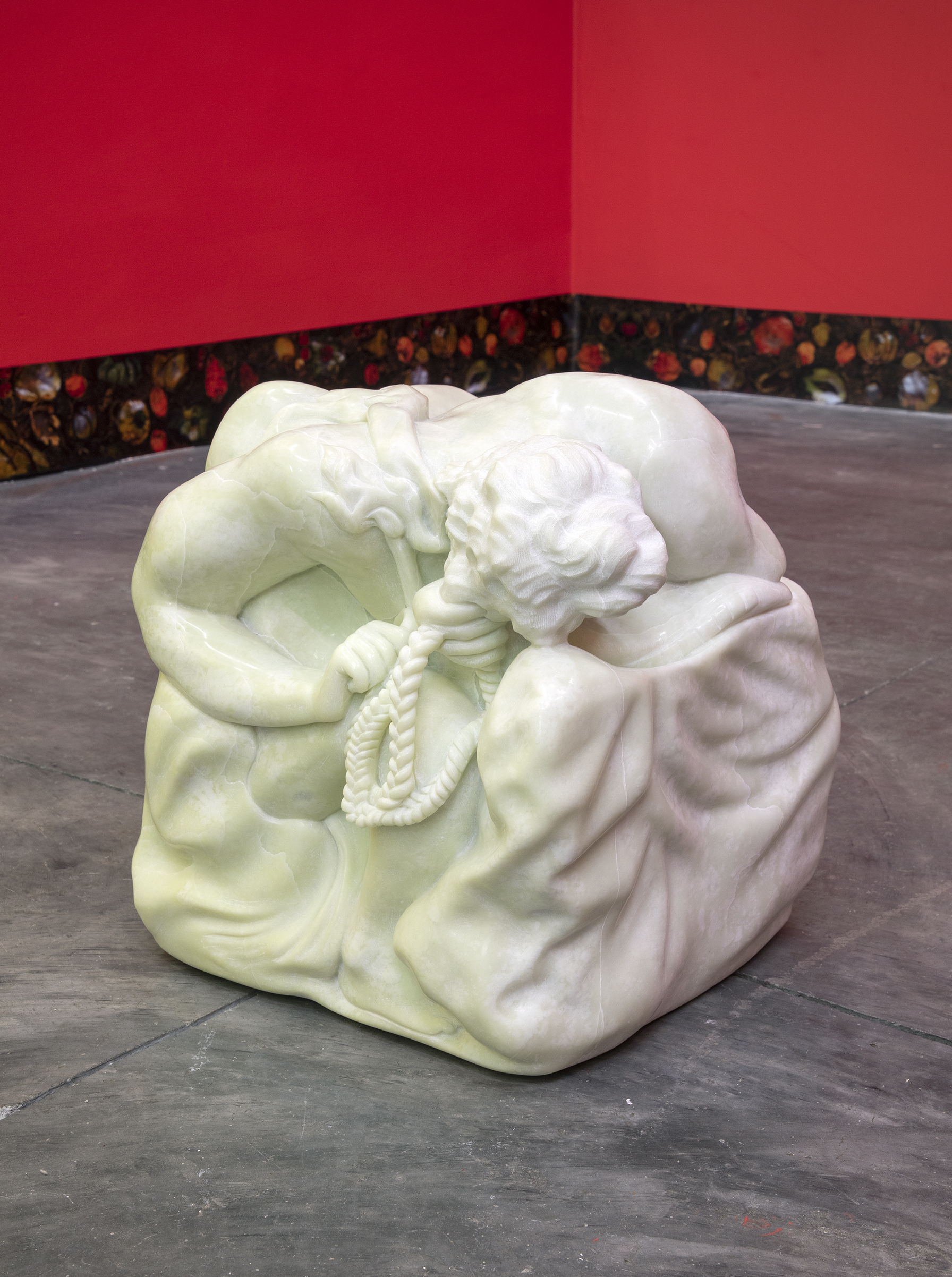


El águila y el dragón - Marek Wolefyd
"... the mechanical crafts of the Spanish have all ceased, because they all dress and wear with sangleys, for being very good crafters, in the style of Spain, and they do everything very cheap..." (Domingo de Salazar, 1590)
